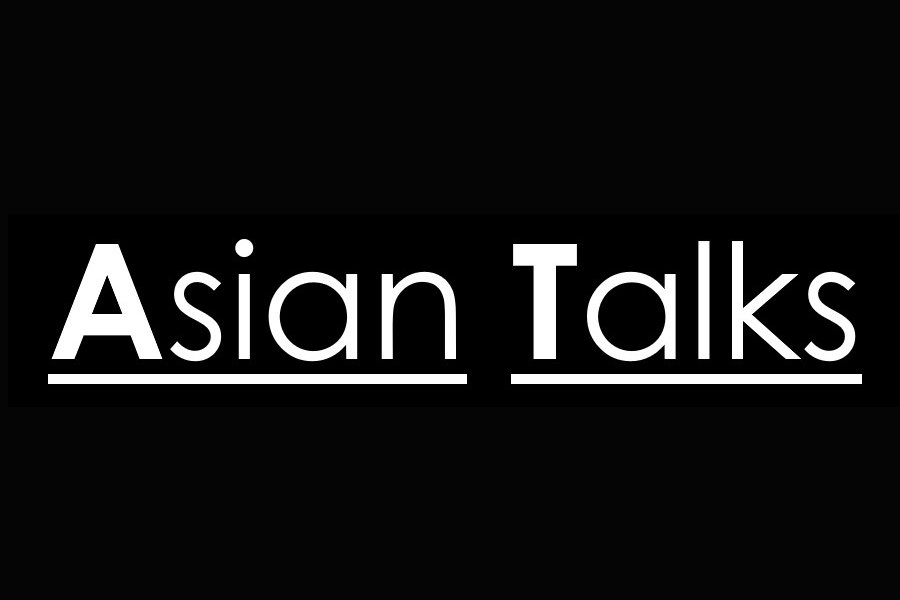In a time when AI is fast transforming the corporate landscape, HR remains an exceptional case. AI-based recruitment tools or automated tracking of performance promise and challenge the integration of technology with HR practice. Still, the essence of HR remains the maintenance of human relationships and employee well-being; thus, an even higher level of relevancy sits with these topics. Hence, the key is really to balance the efficiency of technology while maintaining the empathy inherent in human interactions.
The Rise of AI in HR: AI has revolutionized HR. Recruitment algorithms with AI make the talent acquisition process more efficient, reducing human biases and rejecting applications likely via a method. On the other hand, AI analytics allow the measurement of employee engagement, productivity, and performance levels that would otherwise be difficult to determine, thus forming insight and guiding decisions.
Onboarding becomes automated, and AI chatbots answer employee queries, heating employee data, and allowing HR to pay attention more to strategic initiatives. Still, the growing usage of algorithms is questioning whether this will begin to lack the personal touch that ought to be at the heart of human resources.
Why Empathy Still Matters Despite all the technological innovations, empathy remains the cornerstone of managing human capital. Employees are not just data points—they are people with emotions, aspirations, and hurdles. The Gallup study says that an employee feeling valued and understood is about 22% more likely and is 37% less likely to leave their job.
Situations like conflict resolution, personal crisis, and career advancement require a human-centric approach. While AI can assist in detecting problems, intervention needs to be delivered with heartfelt communication and a subtle understanding realm where machines cannot tread.
Finding That Balance: Human-AI Collaboration. In keeping with humanity, organizations ought to see to it that AI tools are never permitted to compromise empathy.
They can establish this balance by:
Mixing Automation and Human Interaction: Automate all simple repetitive tasks using AI, and make the important decisions to support human-based.
Training HR: Actively develop digital skills within HR, but continuously emphasize creating and preserving that human connection.
Focusing on Well-Being: Assess at-risk burnout or disengagement with AI, but make sure that follow-ups happen in person.
By design, the future of HR will need an alliance between AI efficiency and human empathetic capacity. Organizations can foster a nurturing kind of beauty that nurtures innovation through an intelligent interplay of technology with human values. The success of today’s Human Resources Department will largely depend on its capacity to maintain the human touch while building a bench with technology in its arsenal for ever-evolving enterprises, hence evolving the benchmark.
By Mr. Manish Mohta, Founder, Learning Spiral



